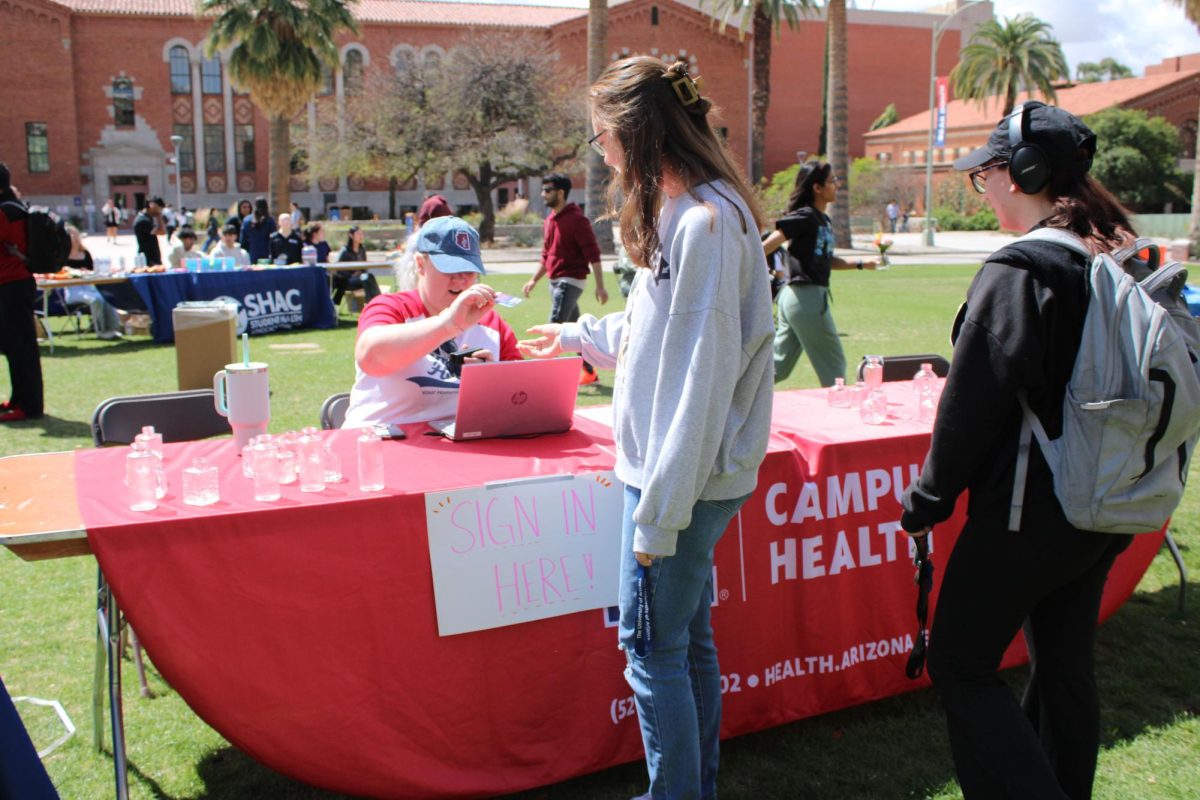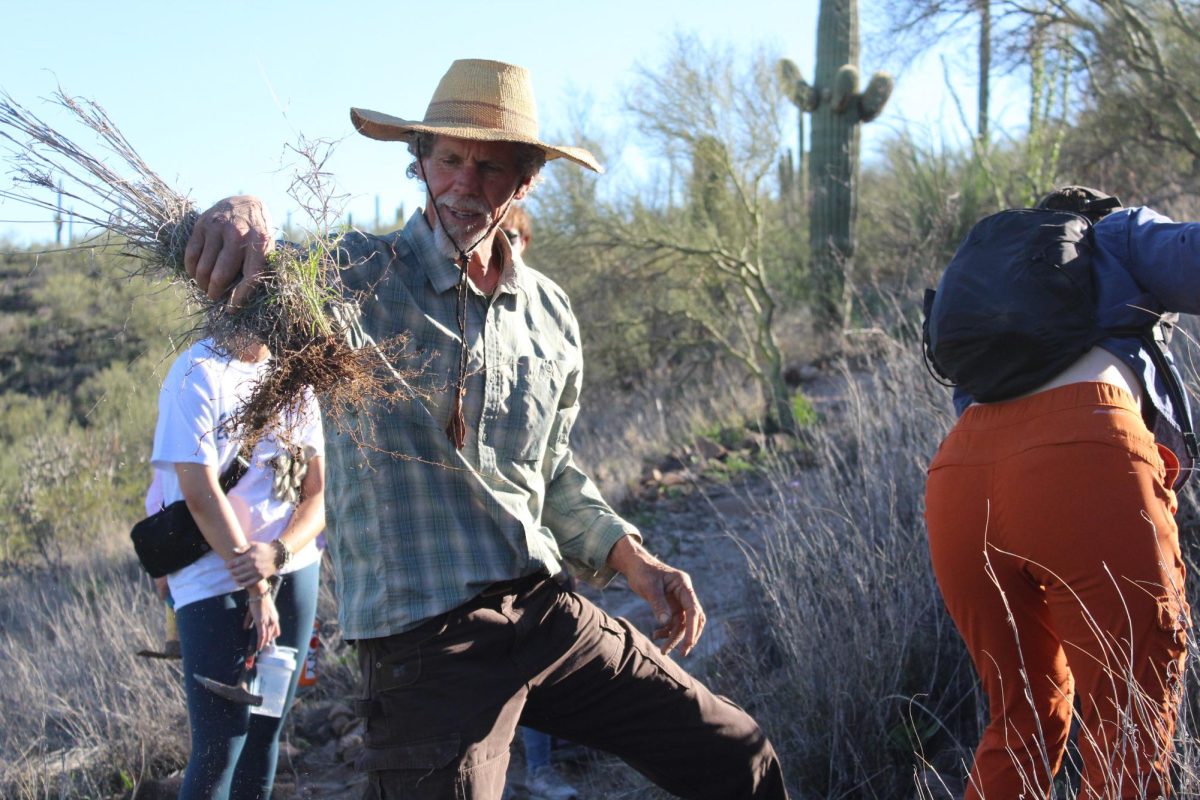Sometimes the most insidious surprises come wrapped inside the most pleasant-looking packaging.
That’s certainly the case with the USA Today Collegiate Readership Program, which the Associated Students of the University of Arizona is now considering sponsoring. The program would distribute newspapers – USA Today, the Arizona Daily Star and the Tucson Citizen -ÿaround the campus. Students could access the newspapers for free by swiping their CatCards at the newspaper racks.
Representatives of the program gave a presentation to ASUA on Wednesday, delivering their pitch in phrases that student government leaders are guaranteed to warm to: According to USA Today representative Alice Turner, the program “”prepares students to work and live in a global economy,”” encourages “”responsible citizenship,”” “”promotes sharing of ideas”” and “”encourages students to examine diverse points of view.””
Those are all laudable goals, and encouraging students to read more newspapers can only be a good thing. Unfortunately, the program’s implications are deeply troubling. This isn’t the first time it has been proposed to the UA; we’ve been hearing about it since its founding in 1997. There’s a reason why we’ve dismissed it in the past, and why we should dismiss it again.
Let’s begin by asking the most important question about any program: Where would its funding come from? Out of the Student Activity Fee every student pays when he or she pays for classes.
Consider the fact that the Arizona Daily Wildcat doesn’t receive a single penny from the university; in fact, it pays a fee in order to be housed on campus. Consider the fact that the UA is so strapped for funding that it’s already being forced to raise tuition. Where’s the fairness in asking the UA to subsidize the world’s biggest newspaper company out of its students’ pockets?
It would be profoundly absurd for the UA to give a major corporation what amounts to a free ride on our campus. It would be like paying the Coca-Cola Company a fee for the privilege of letting them distribute Coke.
Of course, USA Today doesn’t have the option of just giving the newspapers away. That would violate the rules under which paid newspapers are audited. But we shouldn’t have any illusions about their motives. Counting campus distribution as circulation allows them to inflate their readership numbers, which is good for advertising.
In short, the program would give the largest newspaper company in the world a subsidy to distribute two of its own newspapers (as well as, in fairness, one owned by a rival company) on the UA campus. In return, that company gets to expand its advertising power.
They haven’t, for instance, offered the UA any scholarships in return for this unprecedented favor. The program’s most direct real-world effect on the student body, high-flown rhetoric about fostering “”responsible citizenship”” aside, would be to hurt the advertising sales of the campus’s own student-run newspaper – UA students’ most important vehicle for “”sharing ideas”” and “”examining diverse points of views.””
The USA Today readership program has measurably harmed other student newspapers around the nation. “”Our circulation for the first week of the spring 2005 semester was the lowest in my career here,”” the general manager of The Daily Collegian, Penn State University’s student newspaper, told Purdue University’s The Exponent after Penn State introduced the USA Today program on its campus.
Like the poisoned apple that enticed poor Snow White into an ill-advised bite, the USA Today readership program looks like a grand idea on the surface, but comes at a considerable cost. ASUA and the UAÿshould answer USA Today with a polite but firm “”thanks, but no thanks.””
Editorials are determined by the Daily Wildcat opinions board and written by one of its members. They are Andi Berlin, Chris Carter, Justyn Dillingham, Lauren LePage and Nickolas Seibel.








